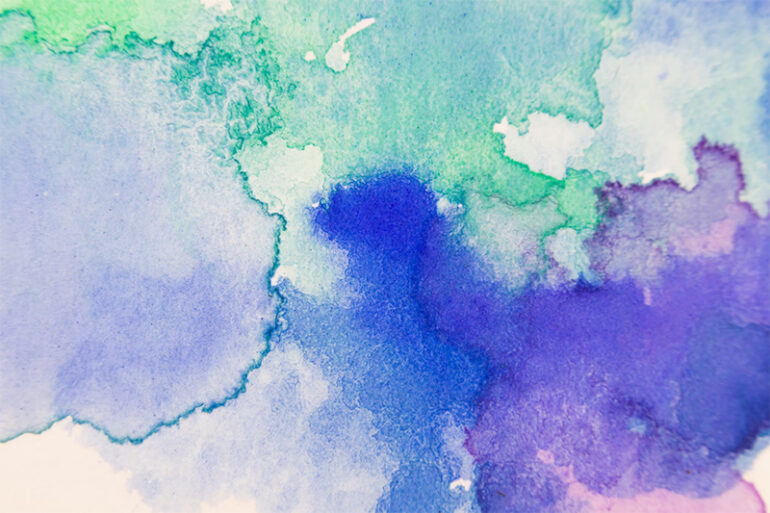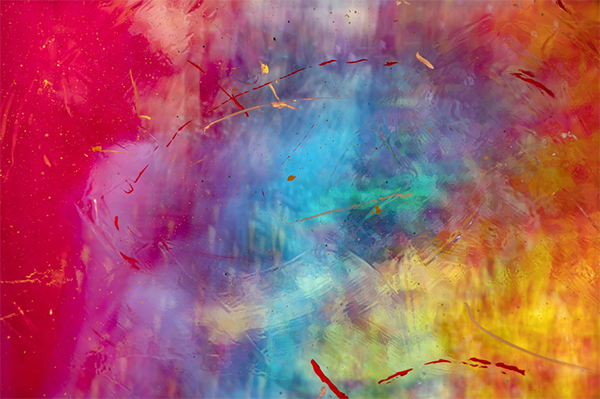Watercolor has a wonderful capacity to inspire a myriad of emotions because of its brilliant hues and subtle washes. Watercolor gives painters access to a wide range of emotions, from flaming reds that stoke desire to serene blues that calm the spirit. Their ability to capture the essence of a moment with every brushstroke immerses viewers in a serene and deeply felt universe. Watercolor art becomes a potent medium that engages viewers’ hearts and minds directly through techniques that create peace, the delicate balance of quiet and brightness, and the expression of a range of emotions.
The Power of Color: Exploring Watercolor’s Emotional Range
Watercolor elicits a wide range of emotions because of its vivid colors and delicate strokes. Every brushstroke has the potential to offer peace, pleasure, or sadness. Colors merge on paper to form a stunning symphony that inspires the viewer. Watercolor allows painters to portray a wide range of emotions, from calm blues to passionate reds. Artists can use a soft or strong brush to depict a moment, enveloping the spectator in emotional depth and tranquility.
Capturing Tranquility: Techniques for Evoking Serenity in Watercolor
The medium of watercolor has a special capacity to convey the spirit of peace. Artists are able to create a tranquil atmosphere in their watercolor paintings by using deliberate brushwork and meticulous methods. A tranquil ambiance that is evocative of serene landscapes or tranquil waters can be produced using gentle, blended washes of cold hues, such as blues and greens. A period of calm reflection may be had by the spectator by utilizing negative space and soft gradients to further heighten the tranquility. Artists may use watercolor to take spectators to a realm of calm beauty and inner tranquility by learning these skills.
Embracing Contrast: Balancing Calmness and Vibrancy in Watercolor
The power of watercolor painting to merge stimulating and tranquil contrasts is astonishing. Artists may add vitality to their paintings by combining subdued tones with vibrant colors. The interplay of opposing parts enhances the artwork’s intricacy and visual appeal, grabbing the viewer’s attention and triggering a range of emotions. Watercolorists who employ contrast, such as cold and warm tones or light and shadow, may create works that are both serene and energetic.
Beyond Serenity: Conveying a Spectrum of Emotions in Watercolor
Beyond peace, watercolor painting portrays a wide range of emotions. Painters may portray love, melancholy, enthusiasm, and contemplation with watercolor since it is translucent and flowing. Delicate brushstrokes and delicate washes can communicate introspection and melancholy, whilst vibrant colors might communicate vigor and joy. In order to directly touch their audience, artists employ intensity, saturation, and composition. Because watercolor is such an expressive medium, painters may explore human experience and convey a wide range of emotions to viewers who find their works moving.
The power of color is infinite when it comes to watercolor painting. Watercolor goes beyond being just paint on paper since it can elicit a vast range of emotions. Artists may take spectators to a peaceful realm where beautiful landscapes and calming waterways come to life with deft brushwork and deliberate approaches. However, watercolor’s expressive ability encompasses a wide range of emotions and goes beyond tranquility. Watercolor painting enables artists to explore the depths of human experience and produce works of art that strike a chord with viewers’ hearts and minds, from vivid bursts of joy to reflective periods of despair.
Photo Attribution:
1st & featured image by https://unsplash.com/photos/birds-eye-view-of-a-flying-bird-over-a-large-body-of-water-TMXIWZncTZU
2nd image by https://unsplash.com/photos/a-multicolored-painting-with-a-black-background-O-p6tKWPPig

